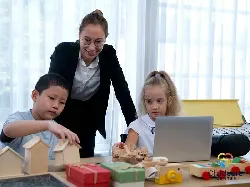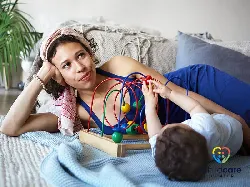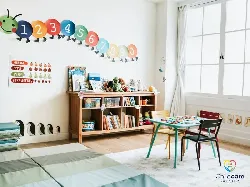Empower Your Little Genius: Essential Tips to Teach Kids to Read Effortlessly!
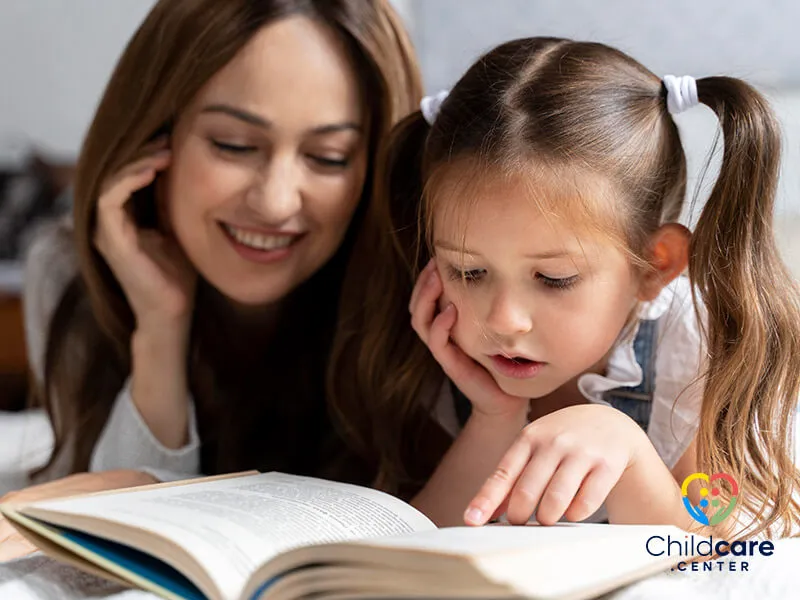
As a parent, your endeavor to teach kids to read is a journey filled with unique challenges and rewarding milestones. This task is much more than just guiding them through the alphabet or helping them understand simple sentences. It's about opening a gateway to a world rich with imagination and knowledge. When you teach kids to read, you're laying down the foundational blocks of their educational journey, enhancing their communication skills, and fostering a lifelong love for learning. This process is crucial in shaping not only their academic abilities but also their capacity to express themselves and comprehend the world around them.
In this significant role, the approach you adopt to teach kids to read is key. It's essential to create a nurturing environment that sparks curiosity, builds confidence, and makes learning enjoyable. Understanding your child's individual learning style and interests is crucial in this process. Transforming reading from a mere task into an engaging and enjoyable activity can have a lasting impact. Whether it's through interactive storytelling, phonics games, or exploring new books together, the objective is to integrate reading seamlessly into your child's life. By doing so, you're not just helping them decode words on a page; you're instilling in them the confidence and joy of discovery that will accompany them throughout their educational journey.
Teach Kids to Read: The Essential Foundation for Academic Success
Reading is not just a skill; it's a gateway to a world of learning and imagination. When we teach kids to read, we open doors to endless possibilities and set the stage for their future academic success. The journey of reading begins early, and its impact echoes throughout a child's educational journey. From recognizing simple words to understanding complex texts, reading forms the backbone of all learning.
The Impact of Early Reading on Future Academic Success
The importance of early reading cannot be overstated. Studies, as highlighted by Reading Rockets, have shown that children who grasp reading skills early often perform better in later academic years. Reading fosters cognitive development, enhances concentration, and builds language skills. By introducing reading at a young age, we lay a strong foundation for future learning, ensuring that our children are not just learning to read but are reading to learn.

At What Age Should Your Child Start Reading?
One common question among parents is when to start teaching their kids to read. While there's no one-size-fits-all answer, most children are ready to begin exploring the world of letters and words between the ages of 3 and 5. However, this doesn't mean that you wait until then to foster a love for reading. Reading to your child from infancy, introducing them to books, and engaging in activities that stimulate language development are crucial steps in preparing them for reading.
Phonological Awareness: The Foundation of Reading
Phonological awareness, a critical skill in the journey to teach kids to read, can be further explored through resources available on the International Literacy Association website. It involves the ability to recognize and work with sounds in spoken language. This skill is fundamental because it underpins the ability to decode words, which is essential for reading. Activities that promote phonological awareness can be both fun and educational, setting the stage for successful reading development.
Fun Activities to Enhance Phonological Skills in Toddlers
For toddlers, learning to read starts with listening and playing with sounds. Simple activities like singing nursery rhymes, playing rhyming games, and breaking words into sounds can significantly enhance phonological awareness. These activities are not only enjoyable but also instrumental in developing the listening skills necessary for learning to read.
The Role of Nursery Rhymes and Songs in Developing Reading Skills
Nursery rhymes and songs play a vital role in teaching kids to read. They introduce children to the rhythm and patterns of language, making it easier for them to decode words later on. The repetitive and melodic nature of these rhymes and songs helps in memory retention and word recognition, two critical components of reading.
The Alphabet Journey: From Recognizing Letters to Reading Words
The alphabet is the building block of reading. Teaching kids to recognize and understand the letters of the alphabet is the first step in their reading journey. This process involves not just recognizing the shape of each letter but also understanding the sound each letter represents.
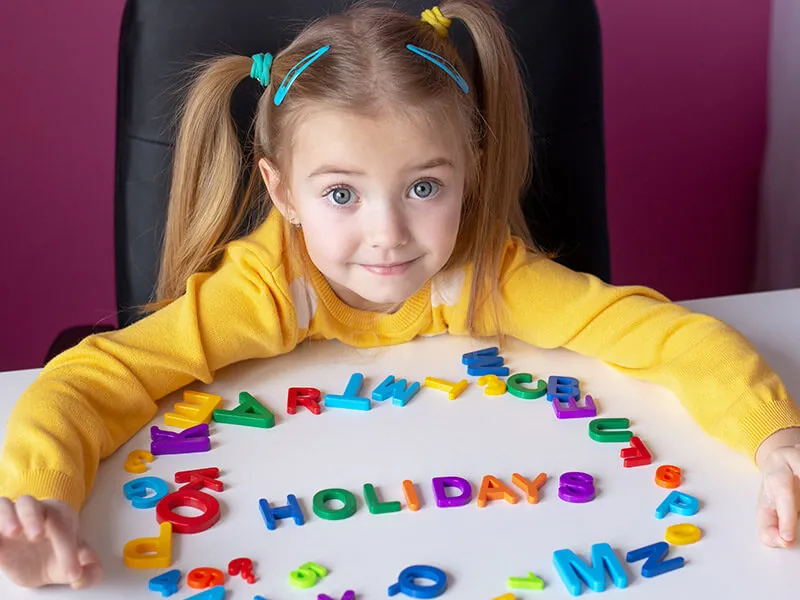
Teaching Uppercase Letters: A Starting Point for Young Learners
Starting with uppercase letters can be beneficial for young learners. These letters are generally easier to distinguish from one another, making it simpler for children to learn their shapes and names.
Activities like alphabet puzzles, letter tracing, and interactive alphabet games can make this learning process engaging and effective.
Integrating Letter Sounds and Names in Early Reading
Once children are familiar with letter shapes, the next step is to integrate letter sounds. Teaching kids the sounds associated with each letter and how these sounds blend to form words is crucial. This can be done through phonics games, interactive reading sessions, and daily practice of sounding out simple words.
Phonics and Phonemic Awareness: Key Components in Reading
Phonics and phonemic awareness are essential in teaching kids to read. Phonics involves the relationship between sounds and their spelling, while phonemic awareness is about the ability to hear, identify, and manipulate individual sounds in spoken words.
- Strategies for Teaching Phonics to Beginners
For beginners, phonics can be introduced through simple, fun activities that blend visual and auditory learning. Using flashcards, phonics apps, and interactive books can help children associate sounds with letters and words. The key is to start with simple words and gradually increase complexity as the child's understanding deepens.
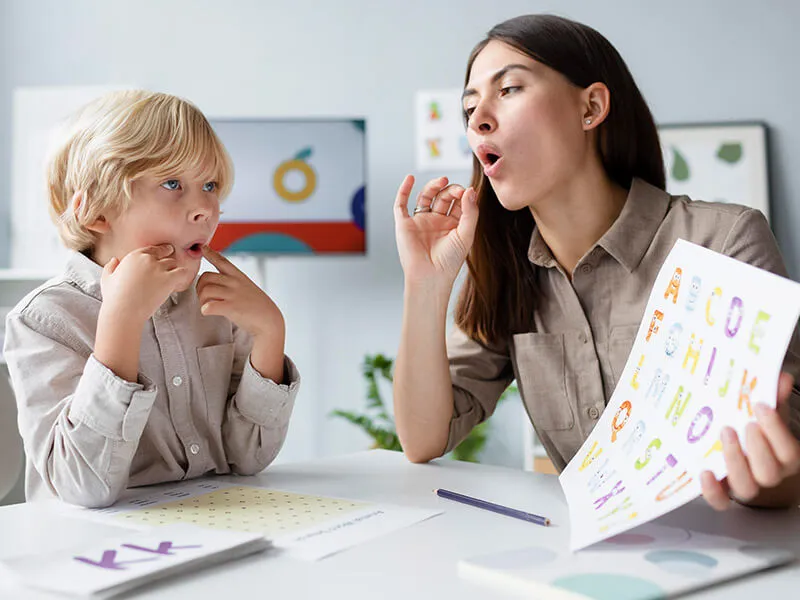
- Developing Phonemic Awareness in Young Readers
Developing phonemic awareness is about helping children understand that words are made up of individual sounds. Activities like segmenting words into sounds, blending sounds to make words, and manipulating sounds within words are effective ways to develop this skill. These activities can be incorporated into daily reading sessions, making them a natural part of the learning process.
Sight Words Mastery: A Step Towards Fluent Reading
Sight words are words that are frequently used but often cannot be sounded out using phonics. Mastery of these words is crucial for fluent reading and comprehension. Teaching sight words involves memorization, but it can be made fun and engaging.
Techniques for Teaching High-Frequency Words
To teach sight words effectively, incorporate them into daily reading and writing activities. Flashcards, word bingo, and sight word treasure hunts are interactive ways to make learning these words enjoyable. Repetition and consistency are key in ensuring that these words stick.
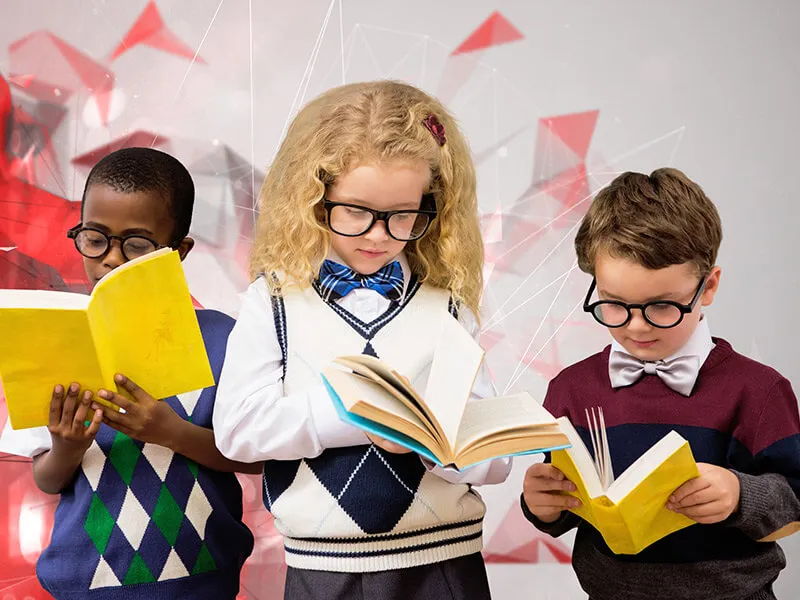
Balancing Phonics and Sight Words in Reading Instruction
Balancing phonics and sight words is essential in teaching kids to read. While phonics is crucial for decoding unfamiliar words, sight words provide a level of fluency and speed in reading.
Integrating both methods in reading instruction ensures a well-rounded approach, helping children become confident and proficient readers.
Engaging Activities to Foster Reading Skills
Engaging activities are vital in maintaining interest and motivation in learning to read. These activities should be fun, interactive, and tailored to the child's interests and reading level.
Shared Reading: A Pathway to Reading Confidence
Shared reading is a powerful tool in teaching kids to read. It involves reading together with your child, discussing the story, and encouraging them to participate. This can be done by taking turns reading, asking questions about the story, and discussing new words. Shared reading not only improves reading skills but also enhances comprehension and critical thinking.
Creative Word Games to Enhance Reading Fun
Word games are an excellent way to make reading fun and engaging. Games like word matching, scrabble for kids, and word puzzles can help in vocabulary building and spelling. These games can be played as a family, making learning a fun and shared experience.
Overcoming Reading Challenges: Tips for Struggling Readers
Not all children find reading easy, and some may face challenges along the way. It's important to recognize these challenges early and address them with patience and understanding.

Identifying and Addressing Early Signs of Reading Difficulties
Early signs of reading difficulties can include struggling to recognize letters, difficulty in blending sounds, and trouble remembering sight words. Addressing these issues early with targeted interventions, such as specialized reading programs or one-on-one tutoring, can make a significant difference in your efforts to teach kids to read. Timely support and personalized strategies are key to a smoother, more effective reading journey for your child.
Customized Strategies for Children with Dyslexia
Children with dyslexia, who require specialized strategies tailored to their specific needs, can benefit from the resources provided by The Yale Center for Dyslexia & Creativity. Techniques such as multisensory learning, structured literacy programs, and assistive technology can be highly effective. It's also important to foster a supportive and patient learning environment to build their confidence and motivation.
The Role of Parents in Teaching Reading
Parents play a crucial role in teaching their children to read. Their involvement can significantly influence a child's interest and ability in reading.
Everyday Practices to Encourage Reading at Home
Creating a reading-friendly environment at home is essential for nurturing your child's love for books and reading, a crucial step as you teach kids to read. This includes setting aside a specific time for reading, having a variety of books available, and modeling positive reading behavior. Encouraging discussions about books and stories also helps in developing comprehension and critical thinking skills, which are vital in the journey to teach kids to read. Alongside these practices, it's important to consider the physical space where your child reads and learns, ensuring it's conducive to their reading journey.
A well-organized and inviting study area can greatly enhance their reading experience. For practical advice on setting up an effective learning environment, especially useful during back-to-school transitions, explore "Back to school tips: a parent’s guide to smoothing the transition". This guide offers insightful strategies for establishing a study area at home that complements your efforts in creating a nurturing reading atmosphere.
How to Create a Reading-Friendly Environment
A reading-friendly environment is one that is comfortable, quiet, and conducive to concentration. It should have good lighting, comfortable seating, and a selection of books that are appropriate for the child's age and interests. Making reading a regular and enjoyable part of your family's routine is key to fostering a lifelong love of reading.
Advancing Reading Skills: From Toddlers to School-Age Children
As children grow, their reading skills need to evolve to meet the increasing complexity of the texts they encounter. Tailoring reading instruction to their developmental stage is crucial. Different age groups require different reading techniques. For toddlers, the focus should be on phonological awareness and letter recognition. Preschoolers can be introduced to phonics and sight words, while school-age children will benefit from more advanced phonics, vocabulary development, and comprehension strategies.
Building a Strong Reading Foundation in Early Years
Building a strong reading foundation in the early years sets the stage for future academic success. This involves a combination of phonics, sight words, vocabulary building, and comprehension skills. Engaging children in a variety of reading activities and providing them with access to diverse reading materials are key components of this foundation. In some cases, additional support may be beneficial to reinforce these skills.
For families considering extra help, it's useful to "Explore the Various Types of Tutors Available!". This resource can guide you in finding the right tutoring approach to complement your child's learning style and needs, ensuring a robust and personalized reading education.
The Role of Childcare Centers in Early Reading Development
After understanding how to tailor reading techniques for different age groups and the importance of building a strong reading foundation in the early years, it's crucial to consider the role of external support systems in your child's literacy journey. Childcare centers, in particular, play a pivotal role in early reading development.
Quality childcare centers, like those you can find on childcare.center, often incorporate structured reading programs and activities that are crucial for early literacy development. These programs are designed to complement your efforts at home, providing your child with a well-rounded reading education. In these settings, children are exposed to a variety of reading materials and activities, guided by experienced educators who understand the nuances of early literacy development.
If you're considering childcare options that support early reading skills, exploring the offerings at your local childcare centers can be a valuable step. These centers not only provide a safe and nurturing environment for your child but also lay a strong foundation for their academic future. Visit childcare.center to find top-rated childcare facilities near you that focus on early literacy and reading development, ensuring your child gets the best start in their educational journey.
The Future of Reading: Embracing Digital Tools and Resources
In today's digital age, incorporating technology in teaching kids to read can be highly beneficial. Digital tools and resources can make learning more interactive and engaging. For a deeper understanding of this evolution, explore how technology in education is changing the game, offering new and exciting ways to engage young learners.
Leveraging Technology to Enhance Reading Skills
Technology, when used appropriately, can be a powerful tool in teaching kids to read. Educational apps, e-books, and online reading programs can provide interactive and personalized learning experiences. These tools can supplement traditional reading methods, offering a diverse range of learning opportunities.
The Benefits of Educational Apps in Reading Instruction
Educational apps can offer personalized learning experiences, making reading instruction more effective. These apps often include games, interactive stories, and tracking progress, which can motivate children to engage more with reading. They also provide an opportunity for children to learn at their own pace, catering to their individual needs.
Conclusion: A Journey to Teach Kids to Read
Embarking on the journey to teach kids to read opens up a universe of imagination and understanding for them. It's a path that weaves through the enchanting world of stories, adventures, and endless knowledge. As your child takes their first steps into this world, they're not just learning letters and words; they're unlocking the power to explore, imagine, and comprehend the world around them. This process is as much about creating lifelong memories as it is about education, fostering moments that will be cherished by both of you for years to come.
Remember, the path to teach kids to read is unique for every child. Some may dive into the world of books with ease, while others might navigate it at their own pace, discovering joys in their own time. Embrace this journey with patience and excitement, knowing that with each page turned, your child is not just learning to read, but is also building confidence and a sense of wonder about the world. Your support and encouragement are invaluable, guiding them as they grow into enthusiastic readers, eager to explore the vast and vibrant world of literature.









